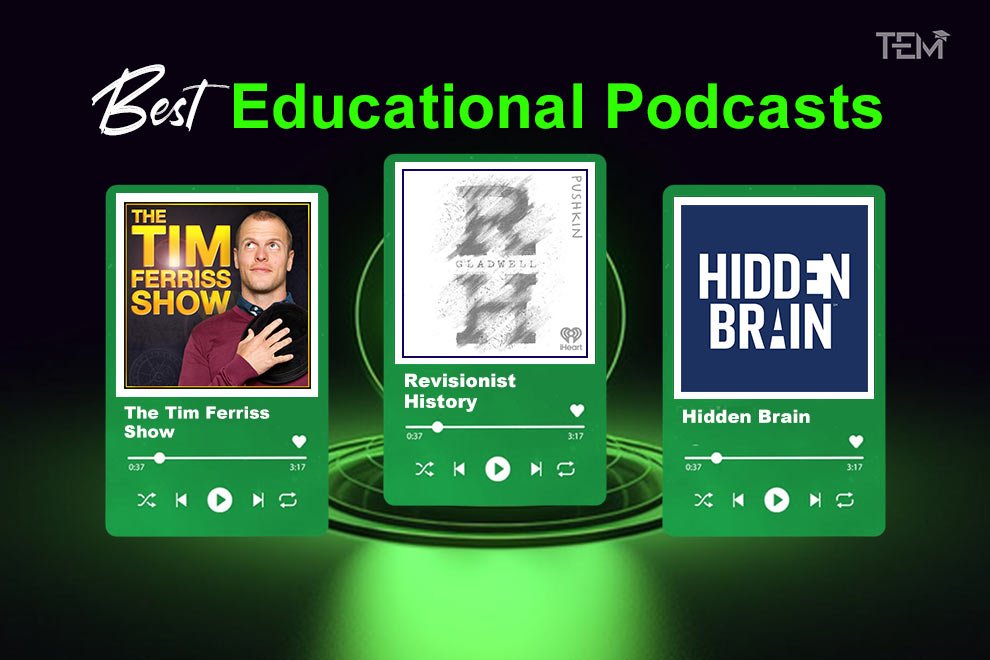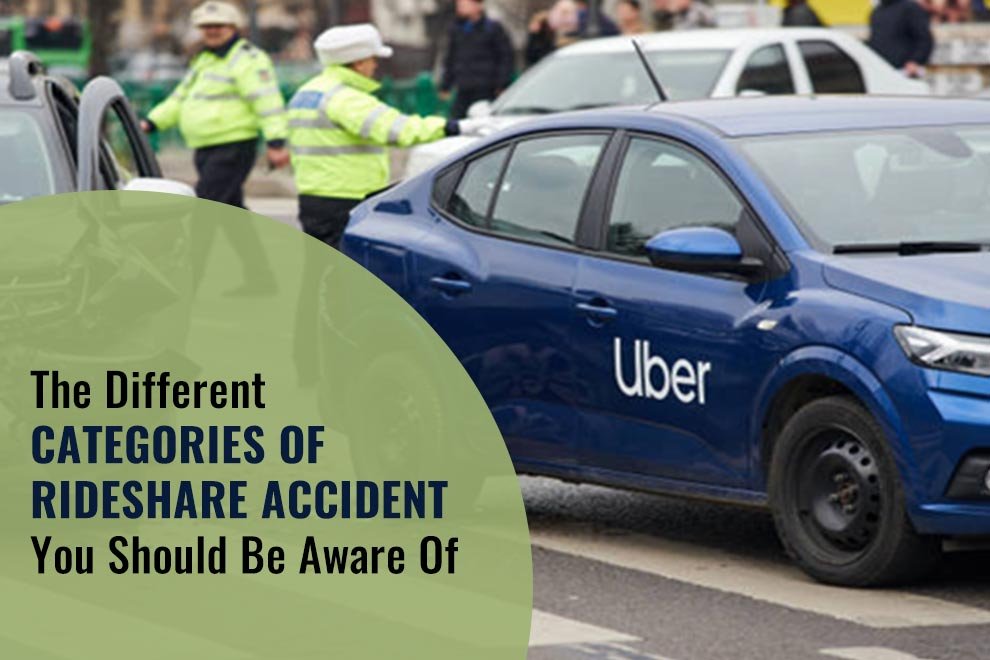Feeling stuck in your current job or unsure how to break into tech without a degree? You’re not alone. The tech industry may seem intimidating, but the Google IT Support Professional Certificate changes that. Designed by Google and hosted on Coursera, this beginner-friendly course teaches real-world IT skills—no prior experience needed. With millions already enrolled and job-ready content that now includes AI integration (as of 2025), it’s become a go-to launchpad for those starting their IT career. This isn’t just another course review. What follows is a grounded, real-world analysis based on direct experience—what actually works, what doesn’t, and how to make the most of it. If you’re wondering whether it’s “worth it in 2025,” how long it takes to find a job, or if it truly fits beginners, you’ll find honest answers here, along with actionable tips to get started.
What Exactly is the Google IT Support Professional Certificate?
The Google IT Support Professional Certificate is a beginner-friendly course designed to help you enter the tech world fast.
Created by Google experts and hosted on Coursera, the course requires no prior experience. That’s right—even if you’re new to tech, you can start.
It’s self-paced and fits around your schedule. You can finish it in just 3 to 6 months.
You’ll learn real-world, job-ready skills like:
- Troubleshooting and problem-solving
- Networking and operating systems (Windows and Linux)
- IT security and system administration
- Customer support and basic Python
Google recently added AI-focused content in 2025. This helps learners understand how tools like Gemini power modern IT support.
The course includes five modules:
- Technical Support Fundamentals
- The Bits and Bytes of Computer Networking
- Operating Systems and You: Becoming a Power User
- System Administration and IT Infrastructure Services
- IT Security: Defense Against the Digital Dark Arts
Imagine your Wi-Fi breaks. You won’t just restart the router. You’ll diagnose, resolve, and explain the fix, like a pro.
Here’s the value: Over 2.5 million learners enrolled by 2025. According to Coursera, 75% saw career improvements in 6 months.
The average U.S. salary after completion is $52,000/year.
So, if you’re looking to launch a career in tech with low risk and high return, this certificate makes real sense.
Inside the Google IT Support Certificate
The Google IT Support Certificate stands out as a flexible, beginner-friendly course designed for real-world tech readiness.
The motivation behind choosing this course often revolves around career shifts, skill-building, or simply breaking into tech without a degree.
The learning experience is well-structured. Hands-on labs simulate actual work environments. Configuring a Linux system or setting up networks offers real engagement, not just theory.
Among the most rewarding parts were those challenging assignments, like fixing simulated network errors or managing OS-level admin tasks. These weren’t easy, but they built real confidence.
That said, there were learning challenges too. The Networking module and Python basics required full focus. These topics, especially for non-tech learners, demand patience and repeated practice.
In terms of time, Coursera recommends 10 hours a week. But for deeper understanding, around 12–14 hours weekly felt more realistic.
The content remained highly interactive. Video lessons, quick quizzes, and active community forums kept the learning process from feeling dry or robotic.
One surprise was how much emphasis the course places on customer service skills alongside technical support. That blend of soft and hard skills prepares learners for real helpdesk roles.
Another standout moment was realizing how early exposure to automation and scripting adds long-term value.
In short, this certificate delivers practical skills, structured support, and a career-ready mindset—ideal for anyone entering IT with zero background.
Is the Google IT Support Certificate Still Worth It in 2025?
Yes, the Google IT Support Certificate is still worth it in 2025—but only with the right expectations.
Let’s look at the current landscape.
The IT career outlook in 2025 remains strong. Roles in help desk support, systems management, and cloud-based troubleshooting continue to grow. At the same time, AI is automating routine tasks, but it’s also creating new hybrid roles that need both tech and soft skills.
Google has responded by adding AI-powered modules to the certificate. Learners now gain exposure to automation tools like Google Gemini, giving this course a modern edge.
Here’s why it holds value today:
- Google’s brand recognition strengthens resumes.
- The Employer Consortium opens doors to 150+ top companies.
- It provides a solid base for advanced certifications like Google Cybersecurity or Data Analytics.
- Skills taught are practical and job-ready, from troubleshooting to Python scripting.
However, it’s important to know what it’s not.
This certificate is entry-level. It won’t replace a degree or hands-on job experience. It’s not a ticket to instant high pay, but it’s a great foundation.
When comparing CompTIA A+ vs Google IT Support Certificate, the A+ has broader industry recognition, while Google’s is more modern and learner-friendly. Many combine both for a stronger start.
Looking ahead, this certificate will likely stay relevant and credible through at least 2028, especially as more companies embrace AI-driven IT support.
For beginners, it remains a smart, future-proof way to launch a tech career, with low risk and strong upside.
Landing Your First IT Support Job: Actionable Strategies
Completing the Google IT Support Certificate is a strong first step. But landing the job? That takes strategy.
Start with the Google Employer Consortium. This connects learners to over 150 hiring companies. Create a complete Coursera profile, highlight your course progress, and ensure keywords like troubleshooting, ticketing systems, and Python scripting are present.
When writing your IT support resume, focus on results. Use phrases like:
- “Resolved simulated network issues during hands-on labs.”
- “Configured Linux systems in a lab environment.”
- “Completed IT security training covering phishing, malware, and firewall setup.”
These reflect your actual experience from the course. Always tailor your resume to entry-level IT job descriptions, mirroring the language they use.
Next, prep for interviews with real IT support interview questions. Expect things like:
- “How would you troubleshoot a printer that won’t connect?”
- “What’s the difference between RAM and ROM?”
- “Explain a time you solved a technical problem.”
Use your course labs as real examples of problem-solving.
For broader reach, optimize your LinkedIn profile with a clear headline like Aspiring IT Support Specialist | Google IT Certificate. Join local tech meetups, Discord groups, or alumni circles.
Finally, pairing this certificate with CompTIA A+ boosts your credibility across the industry. It’s widely accepted and covers hardware, networking, and OS fundamentals, making your resume stronger.
When it comes to how to get an IT job, this layered approach—skills + certification + smart outreach—is your best formula.
Beyond the First Job: Your IT Career Pathway
The Google IT Support Certificate gets your foot in the door—but it’s only the beginning of your IT career progression.
Most learners start with roles like Help Desk Specialist, IT Support Technician, or Desktop Support Analyst. These jobs build real-world experience handling tickets, troubleshooting, and supporting users across devices and systems.
But where do you go next?
If networking sparks your interest, moving toward Network+ certification sets the stage for a Networking Specialist role.
For those leaning into security, the Google Cybersecurity Certificate or CompTIA Security+ can pave the way to becoming a Cybersecurity Analyst—a field in high demand.
Interested in infrastructure? Aim for System Administrator roles next. These often require deeper knowledge of servers, OS management, and access controls.
The cloud path is growing fast. Cloud Administrator roles are accessible after earning certs like AWS Certified Cloud Practitioner, Google Cloud Digital Leader, or Azure Fundamentals.
If automation is your strength, the Google IT Automation with Python Certificate is an ideal next step. It focuses on scripting and automating routine tasks—skills that are becoming essential across IT teams.
And no matter the path, continuous learning is the real key. The tech world never stands still. Staying current with tools, platforms, and certifications keeps your skills sharp and future-ready.
So when asking “What are the next steps after Google IT Support?” — the roadmap is full of opportunity. Choose a direction, learn constantly, and keep building.
Debunking Myths
“Do I need a college degree for IT support with this certificate?”
That’s still one of the most searched questions in 2025. The truth is, no. Most entry-level IT roles today prioritize hands-on skills over a degree. Recruiters now focus on what candidates can troubleshoot, not what they studied years ago. The Google IT Support Certificate is built to be industry-recognized, especially by employers who are part of the Google Employer Consortium.
“Is it too basic?”
At first, yes—but that’s intentional. It introduces foundational concepts like operating systems, system administration, and networking in a way that’s digestible for newcomers. What’s overlooked is how those basics create the perfect launchpad for higher certifications like CompTIA A+ or Google’s own Python-based automation course. The certificate is credible and continues to be accepted by major employers even in 2025.
“How long does it really take to find a job?”
That depends—but on average, learners land their first IT support role within 3 to 6 months after completing the course. It varies based on location, effort, and whether you supplement the certificate with networking or additional skills.
“Can I truly learn IT without prior experience?”
Absolutely. The entire course is built for learners with zero background. You’re not expected to be a tech wizard to begin with. Projects, labs, and simulations guide you through real-world tasks.
“Is it self-paced to the point where I’ll procrastinate?”
That risk exists, yes. But those who stick to a weekly routine and engage with peers through forums or study groups usually complete the course on time. Self-discipline is key, but the structure is solid enough to keep motivated learners on track.
Bottom line is this certificate works when used right: It clears the beginner barrier—but it won’t replace deep experience or a degree if those become necessary later.
Key Takeaways
The Google IT Support Certificate isn’t just about landing a job—it’s about building momentum. In 2025 and beyond, IT support roles are evolving fast, especially with AI entering the picture. That means employers are no longer just looking for textbook answers—they want candidates who can think critically, solve problems, and adapt. This certificate gives you that mindset if you take it seriously.
But here’s the truth: credentials alone won’t carry you. The students who actually break into IT use this course as a launchpad, not a destination. They build real labs, join LinkedIn conversations, tailor their resumes with the right keywords, and stay curious after the course ends.
Want to stand out even more? Pair it with a CompTIA A+ or follow it up with Google’s Python or Cybersecurity certificates. You don’t need a degree, but you do need consistency.
Ultimately, your growth in IT won’t be about how fast you complete a course. It’ll be about how often you apply what you’ve learned—and how well you keep learning. Use the certificate to get your foot in the door. But your career? That’s built one intentional step at a time.










